Fake Designer Bags, A May 7th article in The New York Times Magazine sheds light on a surprising trend: a new wave of nearly identical “superfake” designer bags has emerged in recent years. These bags boast high-quality materials and craftsmanship, but their prices are only a fraction of the real thing. This raises intriguing questions: Why are these fake bags so convincing? Who are the people making and buying them? Most importantly, can the experience of using these fake bags rival that of owning the real ones?
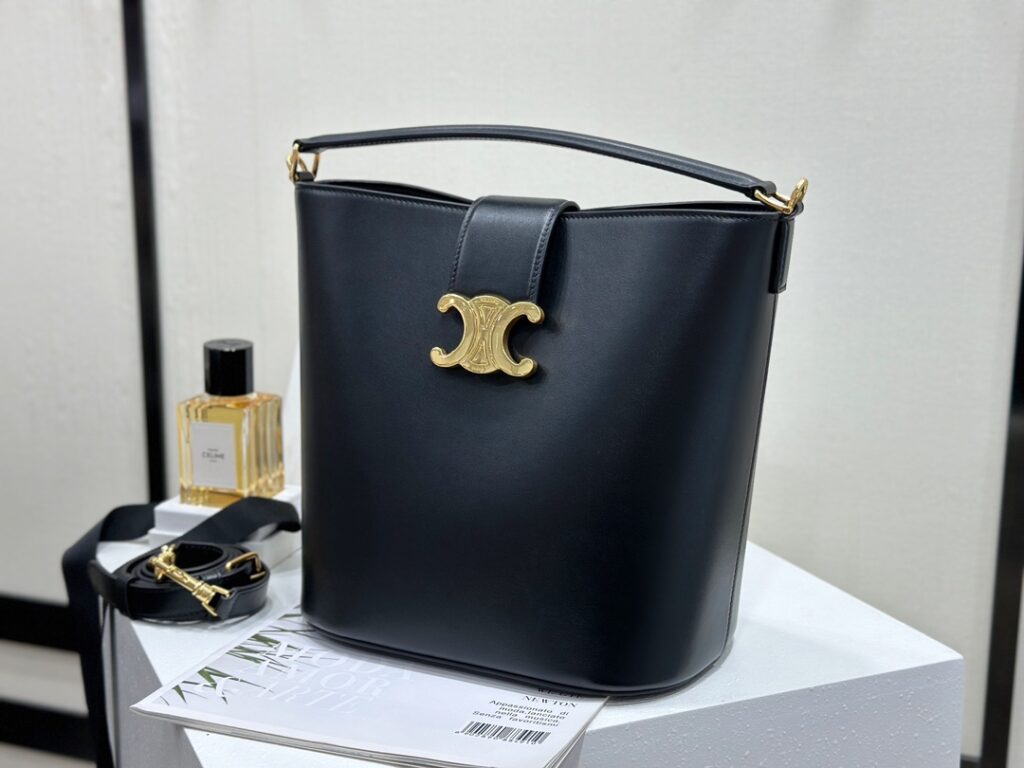
The Craftsmanship Behind Counterfeit Bags
The creators of these fakes are not cutting corners. They’ve mastered advanced techniques, often using the same materials as luxury brands by sourcing leather from the same tanneries in Italy. Some even go as far as purchasing genuine products to disassemble and replicate them with millimeter precision. This meticulous attention to detail has made it nearly impossible to distinguish these fakes from the real thing just by looking.
The Shopping Experience of Fake Bags
Amy Wang, the article’s author, shares her experience of buying a fake bag. Drawn to the Celine Triomphe bag endorsed by Kaia Gerber, Wang was deterred by its steep price. So, she started searching for cheaper alternatives and stumbled upon a Reddit community dedicated to high-quality replicas. Here, she found bags like the Chanel 2.55, Loewe Puzzle, and Hermès Birkin available for just 5% of their retail price.
The Mysterious Origins of Fake Bags
In the past decade, a new breed of highly convincing counterfeits has quietly taken over the market, creating a lucrative industry. These bags are so well-made that even experts can be fooled. For example, in 2016, a woman in Virginia successfully pulled off a $400,000 refund scam using high-quality fake bags that went undetected for years. During the pandemic, the demand for these fakes skyrocketed, with replicas of bags that usually cost tens of thousands of dollars available for just a few hundred.
Even the Wealthy Are Buying Fake Bags
It’s not just regular consumers who are buying these fakes; even wealthy individuals are joining in. A woman in Manhattan, for instance, owns several fake Birkin bags, while Jane Birkin herself, the namesake of the Hermès Birkin bag, has expressed a relaxed attitude toward people buying replicas.
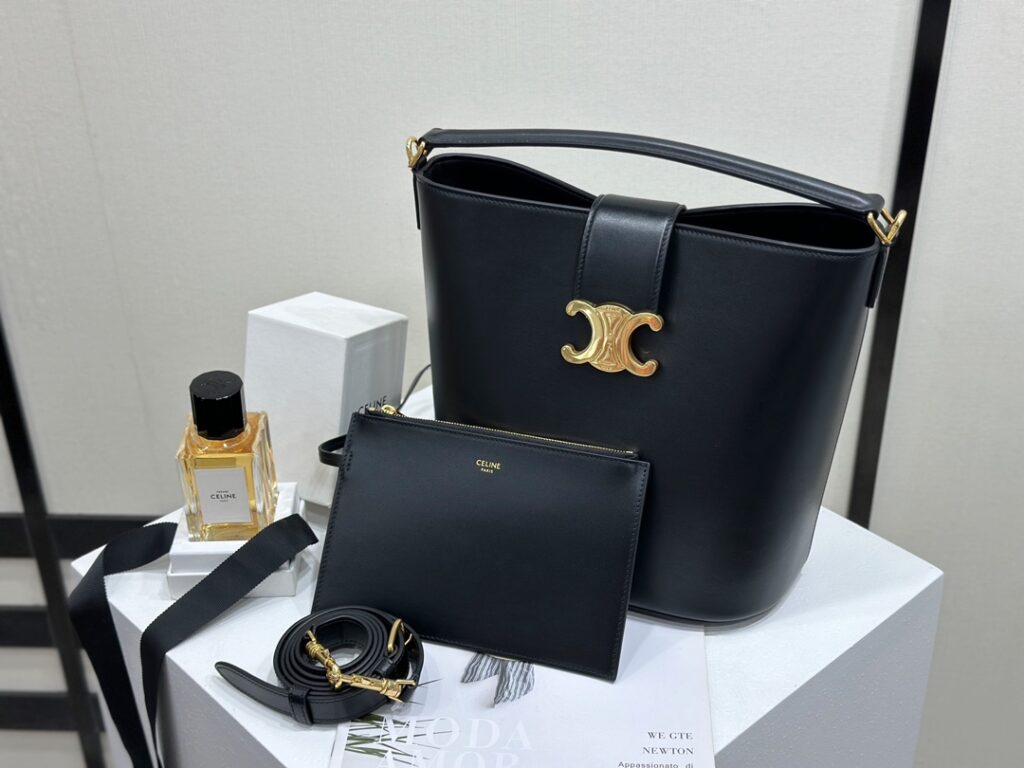
The Hidden World Behind Fake Bags
Wang reached out to a seller named Linda through WeChat, discovering that high-end fake bags cost around $132. After careful consideration, she purchased a cream-colored bag. She also interviewed another seller, Kelly, who transitioned from real estate in Shanghai to selling fake bags after becoming disillusioned with corporate life. Working from her home in Guangzhou, Kelly earns about 30,000 RMB a month, with some sellers making as much as 200,000 RMB. Kelly’s clients are mostly from the U.S., and she mentioned that during peak times, she sells over 30 bags a day.
The Elusive Supply Chain
The supply chain for these bags is highly decentralized and secretive. Each stage of production—from funding to design to manufacturing—is handled by separate, isolated groups. If one part of the network is disrupted, the rest can quickly regroup and continue, making anti-counterfeiting efforts incredibly challenging.
Luxury brands spend significant resources combating counterfeits, but even they struggle against these near-perfect replicas. After all, real Prada Cleos and Dior Book Totes are also made using machines and molds, so what makes them unique? Even with advanced tools like X-ray machines and microscopic measurements, experts sometimes find it difficult to differentiate between real and fake bags. Some even speculate that these fakes might be made using materials leaked directly from luxury brand factories.
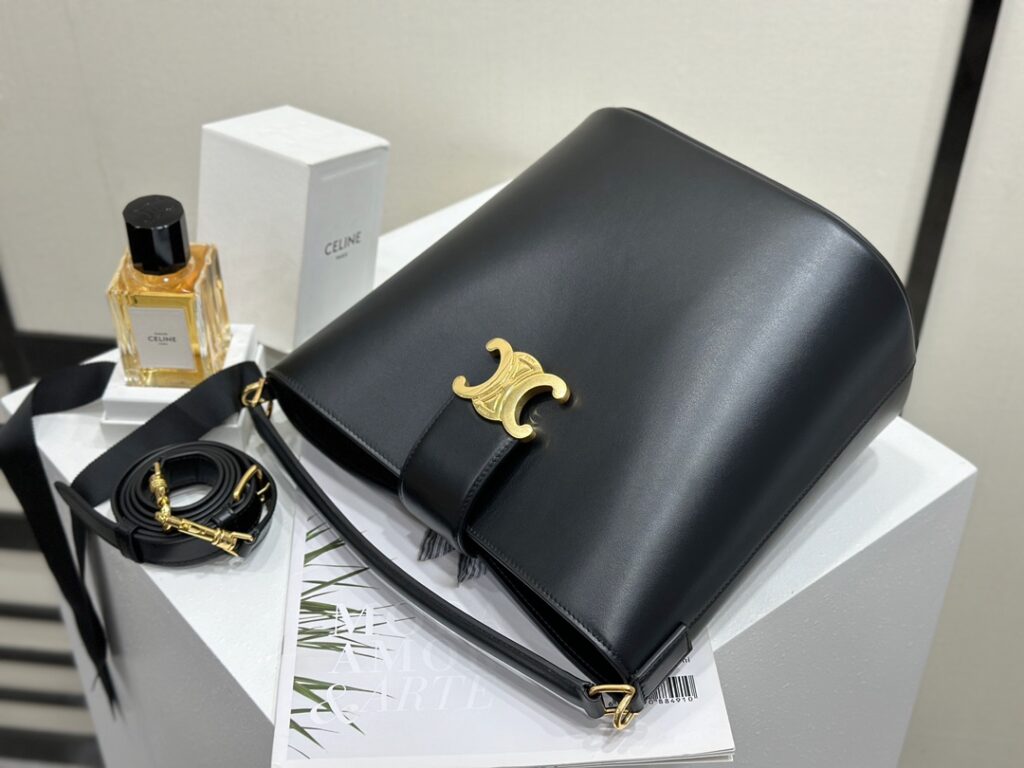
The User Experience of Fake Bags
While these fake bags are visually impressive, Wang notes that they feel slightly stiffer than the real ones, lacking the comfort of genuine luxury bags. However, this subtle difference is something only the owner would notice—outsiders would be none the wiser.
Why Are Women So Drawn to Designer Bags?
Author Judith Thurman suggests that handbags are a unique fashion accessory that offers women a sense of satisfaction without any sacrifices. Carrying an expensive bag can make a woman feel more valuable. In today’s uncertain world, this psychological boost is more important than ever. Although this feeling might be an illusion, the fashion industry thrives on such illusions. The unique aura of authenticity surrounding a genuine luxury bag is hard to replicate, and it’s often tied to the experience of visiting a boutique and spending beyond one’s budget.
Some argue that buying fake bags is a form of protest against the excessive profits of luxury brands. After all, luxury goods are expensive primarily because of their perceived rarity and exclusivity. But this struggle is endless, as new, even more expensive items will always emerge to maintain this exclusivity.
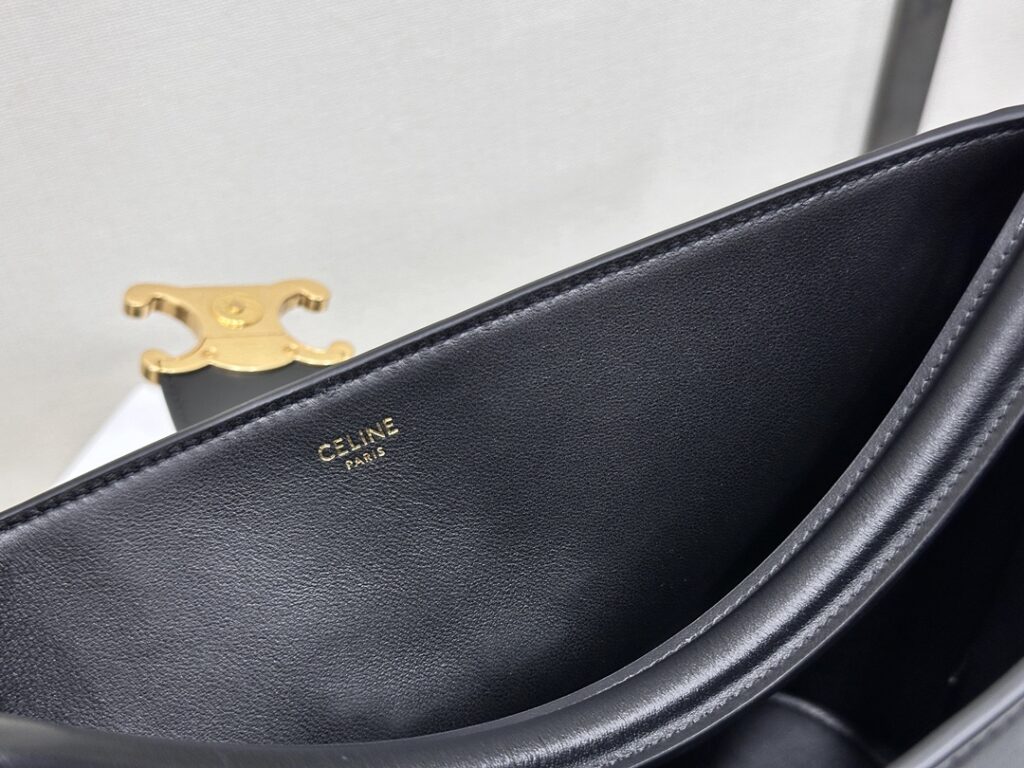
Interestingly, some believe that only truly confident people can comfortably carry a fake bag. This perspective reflects the complex emotions surrounding confidence and identity. In the pursuit of fashion and style, everyone is searching for their unique sense of individuality and self-assurance.
Ultimately, the choice between a “replica bag” and an authentic one lies in personal preference. A “replica seller” might offer a “high-quality replica” that perfectly suits your needs, but the value of that choice comes down to how it fits into your life and your sense of self. True luxury, whether real or replicated, is about enjoying what you have and feeling good about it.

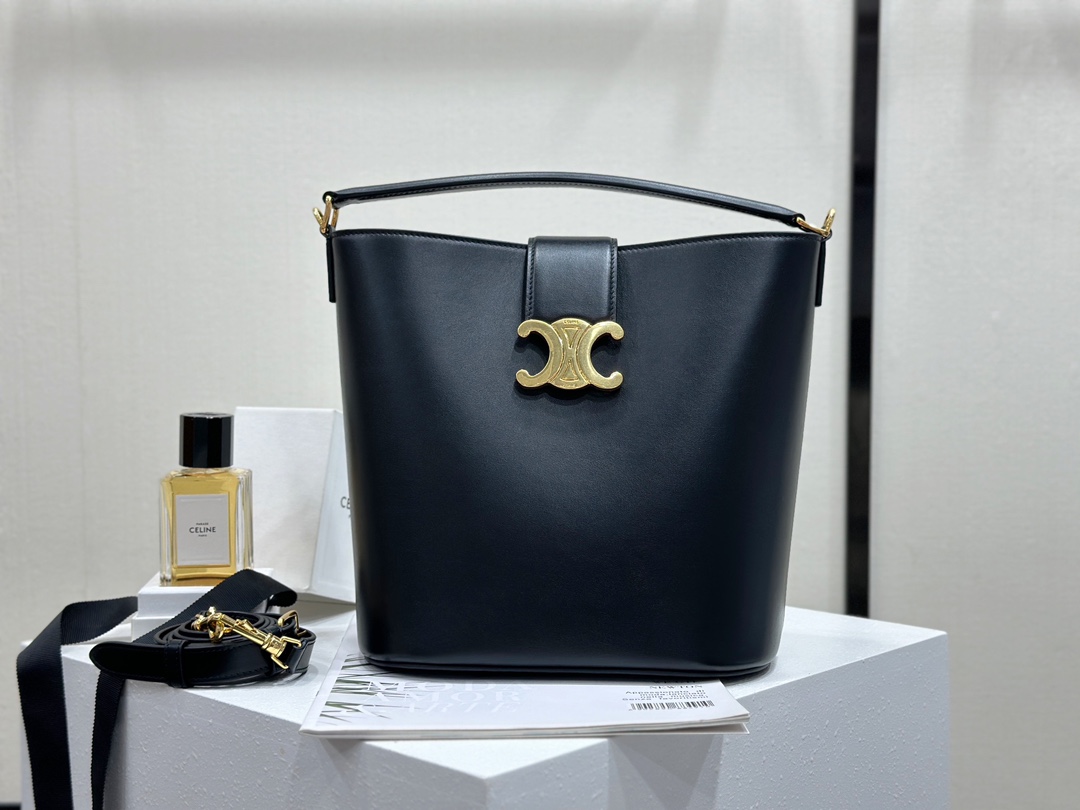
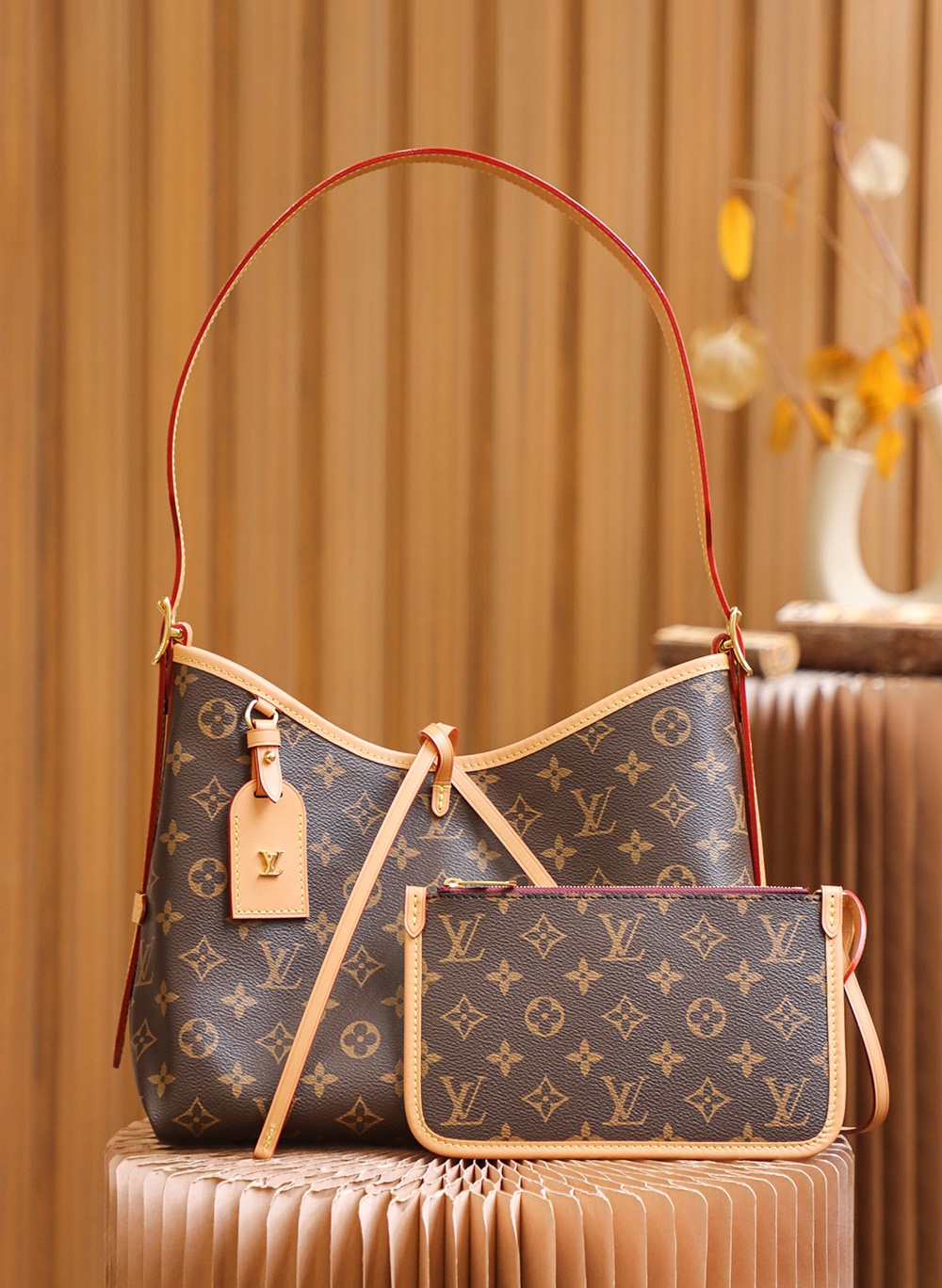
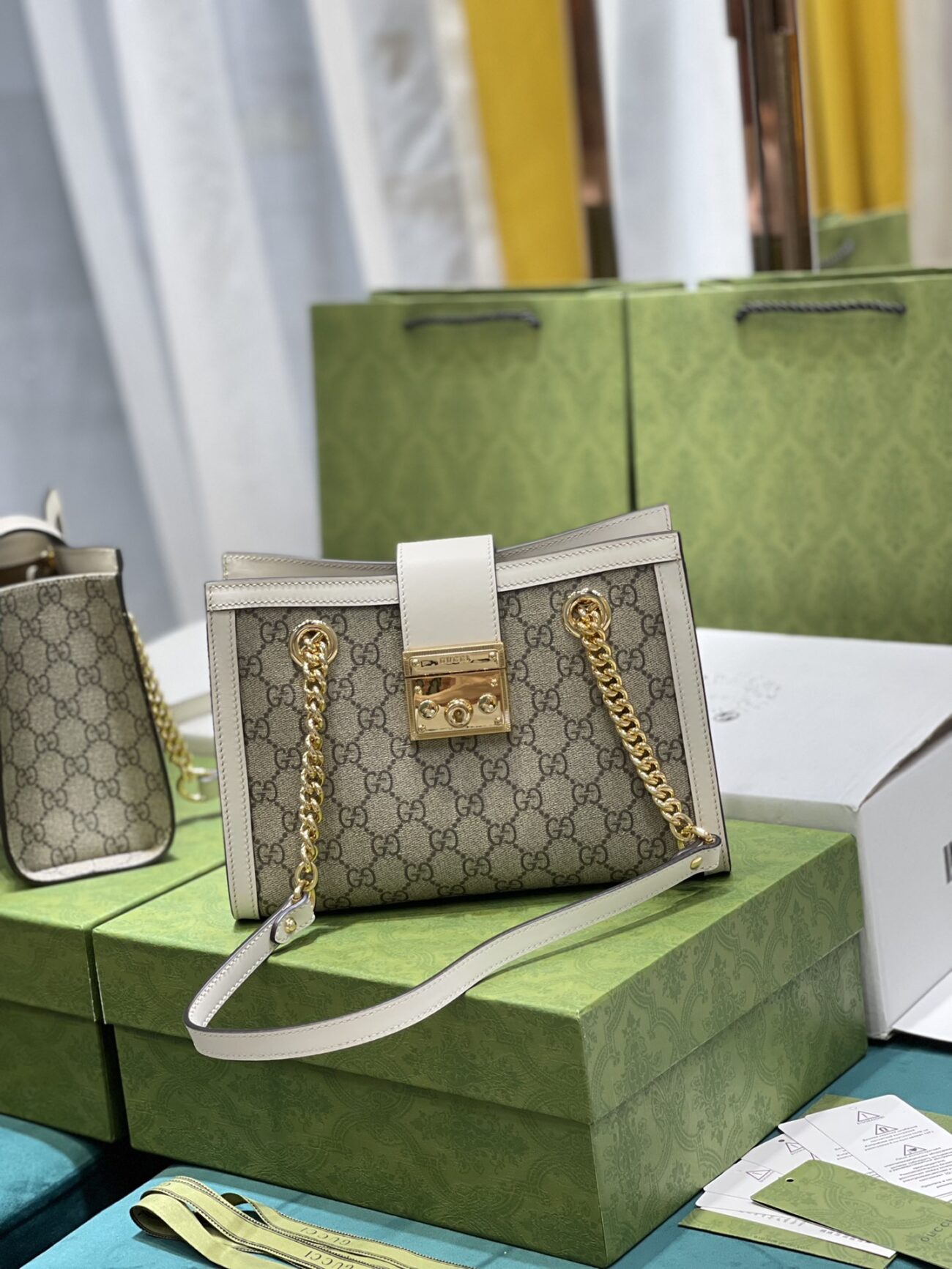
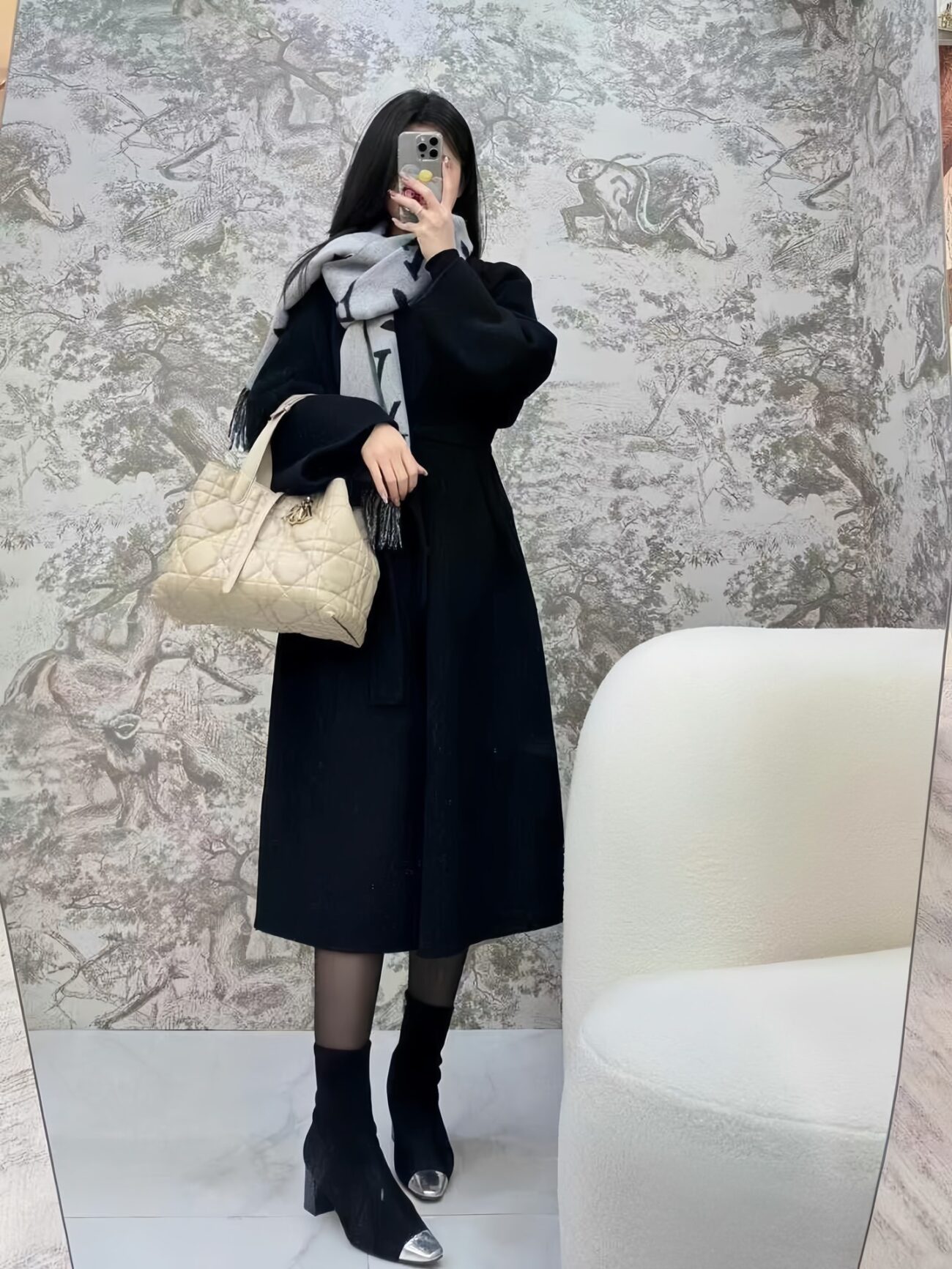
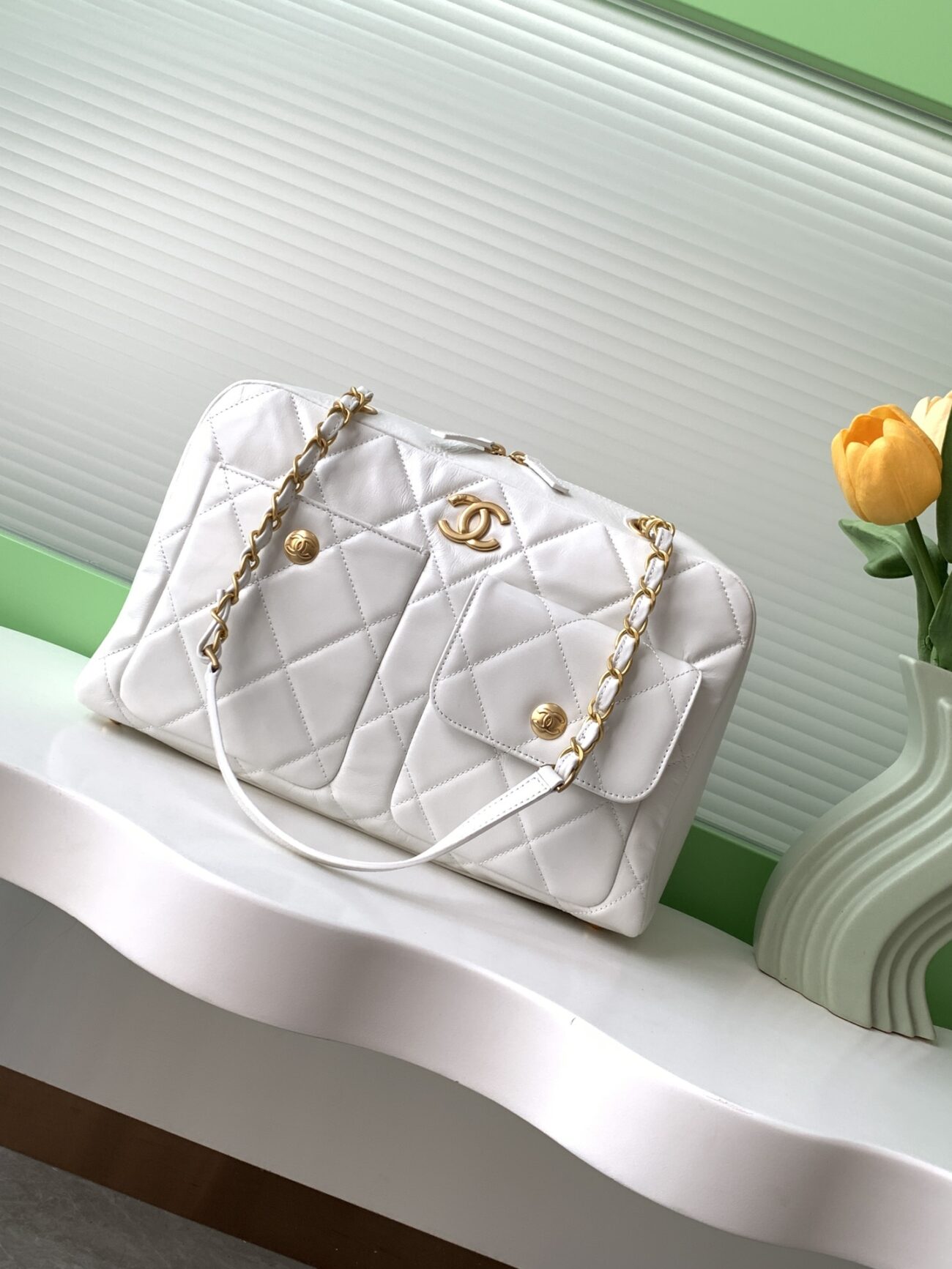
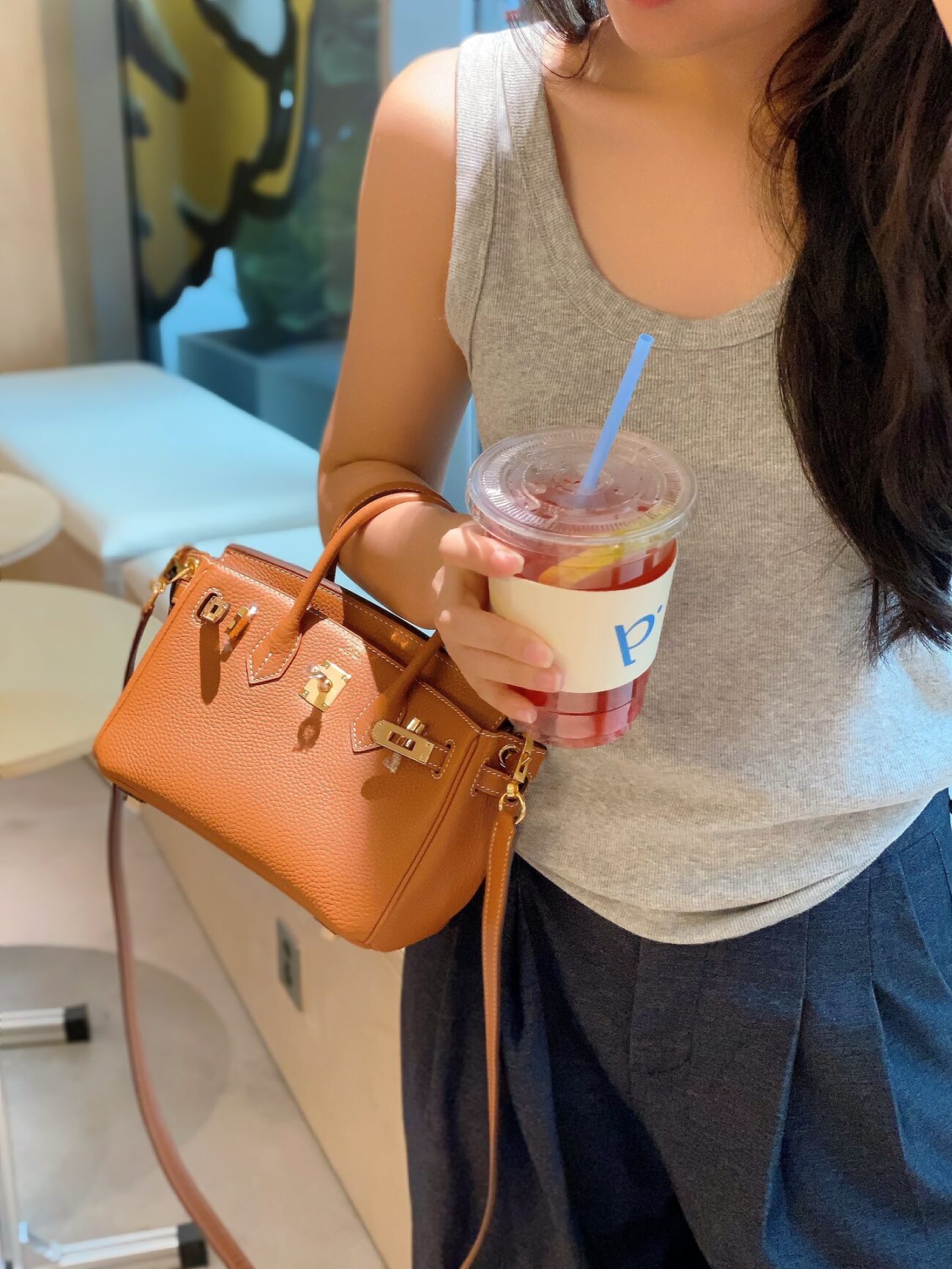
Leave a comment